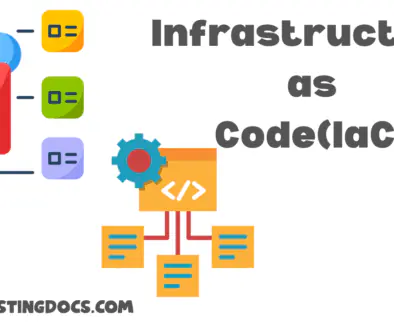Desktop as a Service (DaaS)
Desktop as a Service (DaaS)
Desktop as a Service (DaaS) is a cloud computing solution that allows users to access a virtual desktop environment hosted on a remote server. Instead of running the desktop operating system and applications on a local computer, everything is managed and delivered through the internet. This makes it easier for businesses and individuals to use and manage desktops without needing to maintain physical machines or infrastructure.
What is DaaS?
Desktop as a Service (DaaS) is a cloud-based service that delivers virtual desktops to end users over the internet. These virtual desktops behave just like traditional physical desktops but are hosted on cloud servers. Users can access their desktop environment from any device—laptop, tablet, or mobile—anywhere in the world with an internet connection.
DaaS providers are responsible for managing the backend infrastructure, including storage, security, updates, and maintenance. Users simply log in and start working without worrying about technical complexities.
DaaS and Cloud PC are closely related and sometimes used interchangeably, but there is a subtle difference. DaaS is the broader concept of delivering virtual desktops from the cloud. Cloud PC is a specific implementation of DaaS, such as Microsoft’s Windows 365 Cloud PC.
In short, all Cloud PCs are DaaS solutions, but not all DaaS solutions are called Cloud PCs.
DaaS Tools and Platforms
Several platforms offer DaaS services. Some popular tools and solutions include:
- Windows 365 Cloud PC – A Microsoft service offering personal or business cloud PCs accessible via the web.
- Amazon WorkSpaces – A managed DaaS solution by AWS that provides secure, scalable desktops.
- VMware Horizon Cloud – A virtual desktop and app delivery solution across multiple clouds.
- Citrix DaaS – Delivers virtual apps and desktops securely from any cloud.
- Google Colab (limited use case) – While not a full DaaS, Google Colab offers a cloud-based development environment for coding and data analysis, mimicking some aspects of desktop functionality.
Benefits of DaaS
Some of the benefits of DaaS are as follows:
- Flexibility: Access desktops from anywhere, on any device.
- Cost Efficiency: Reduces the need for expensive hardware and on-premise maintenance.
- Scalability: Easily add or remove users as your needs change.
- Security: Data is stored in secure data centers, not on local devices, reducing the risk of data loss.
- Centralized Management: IT teams can manage updates, security, and configurations centrally.

